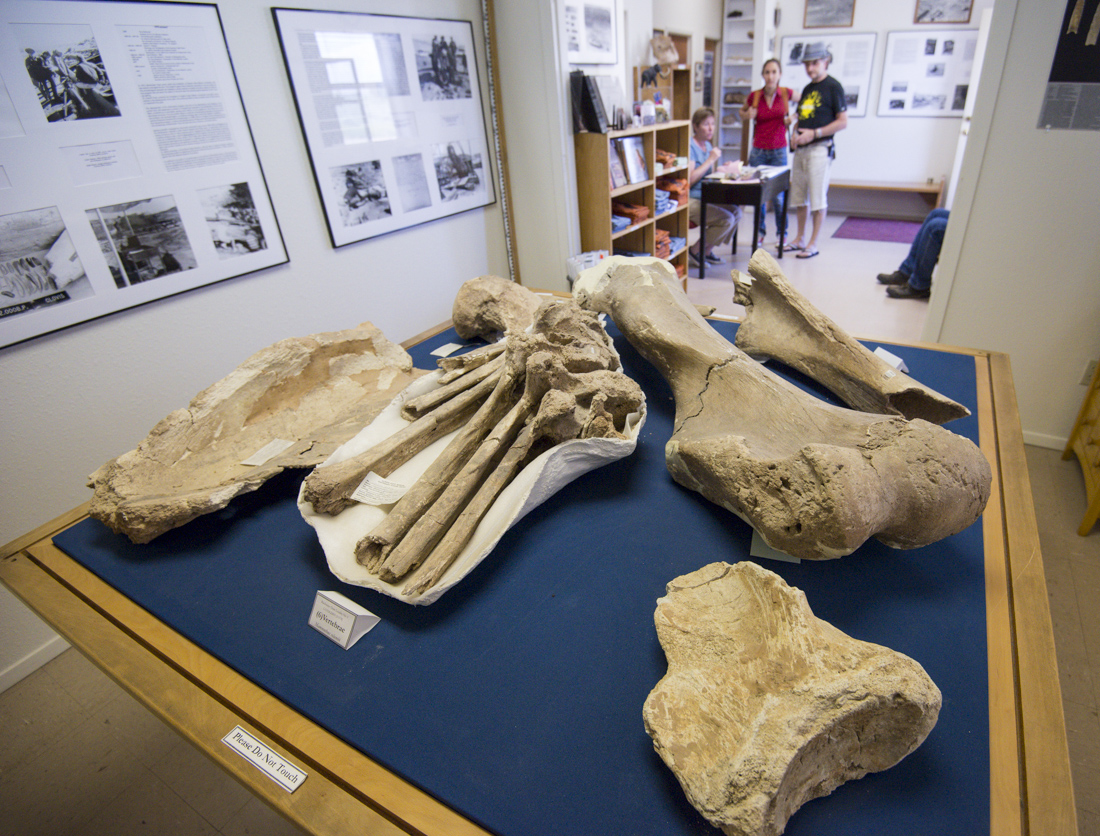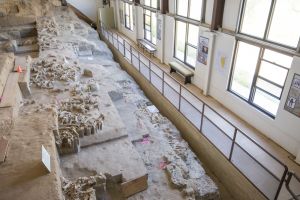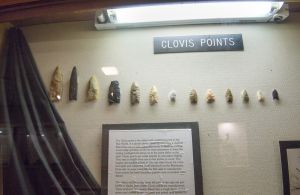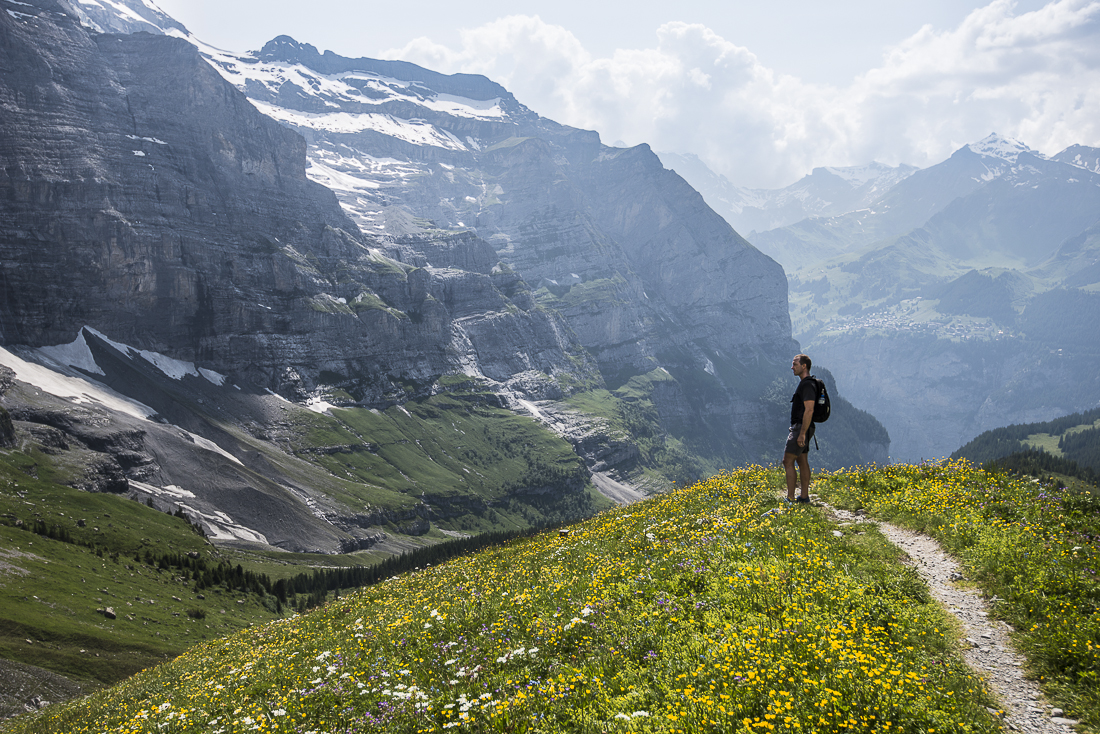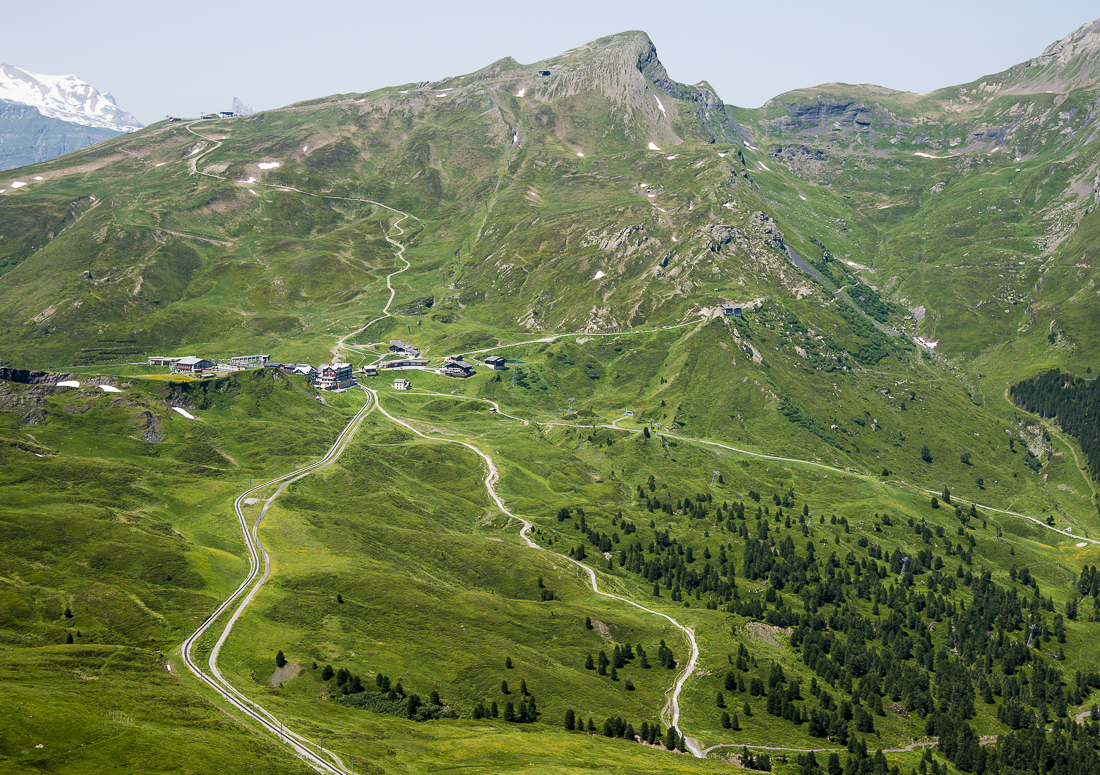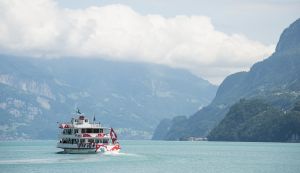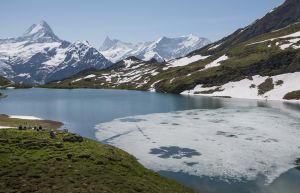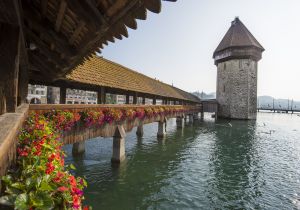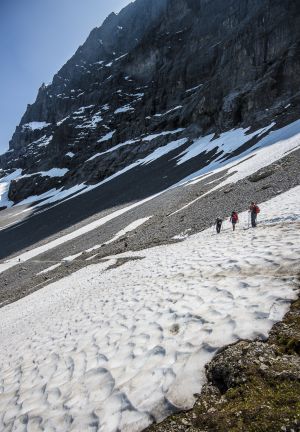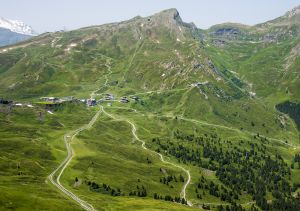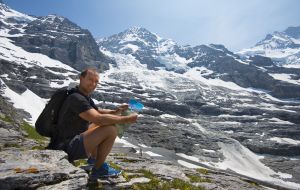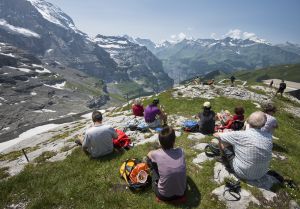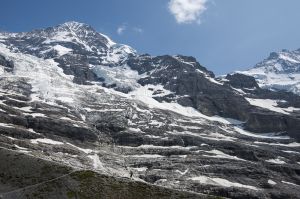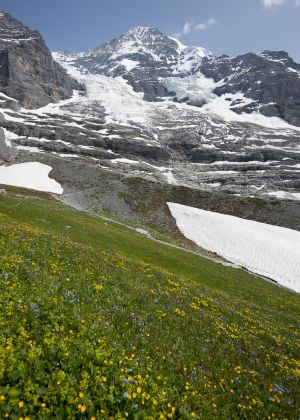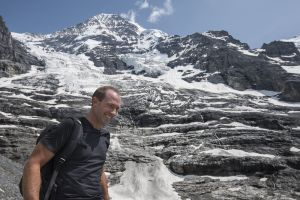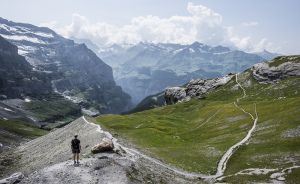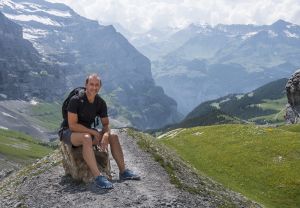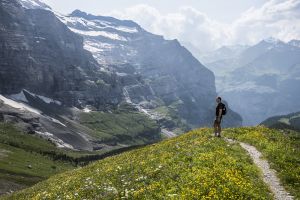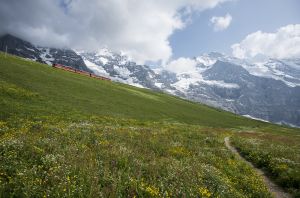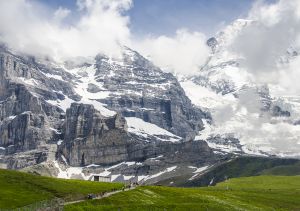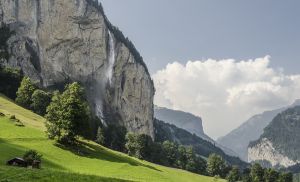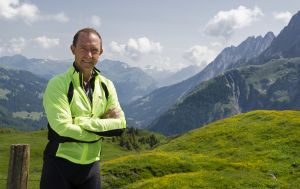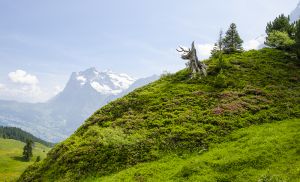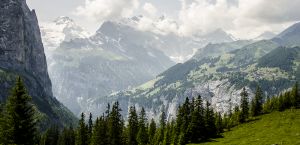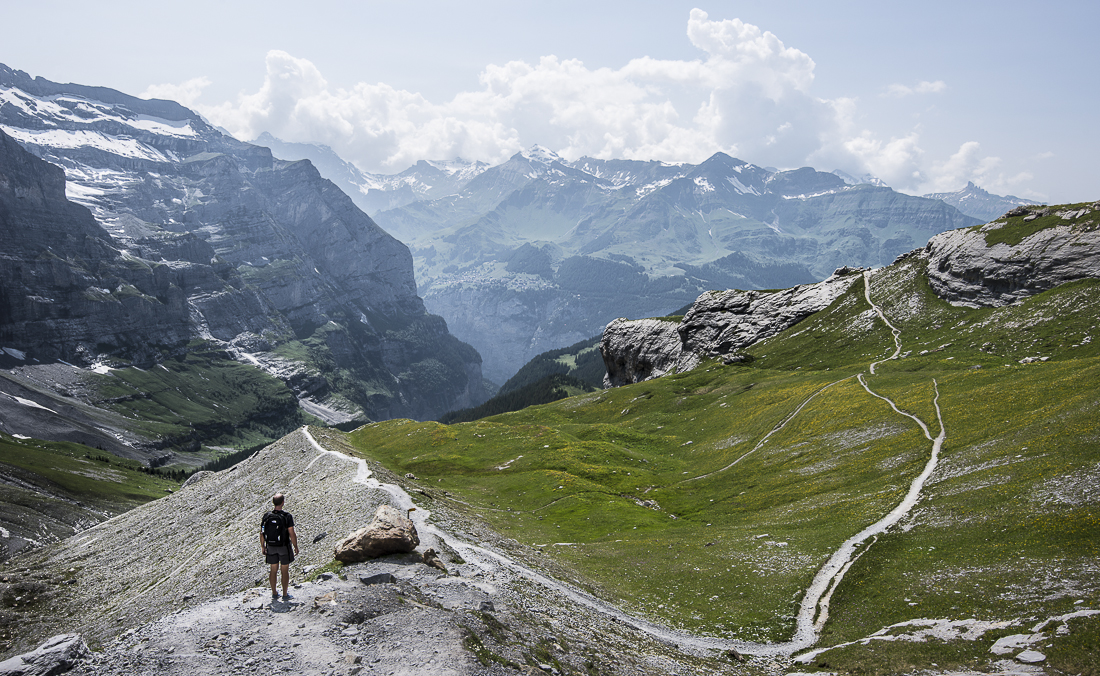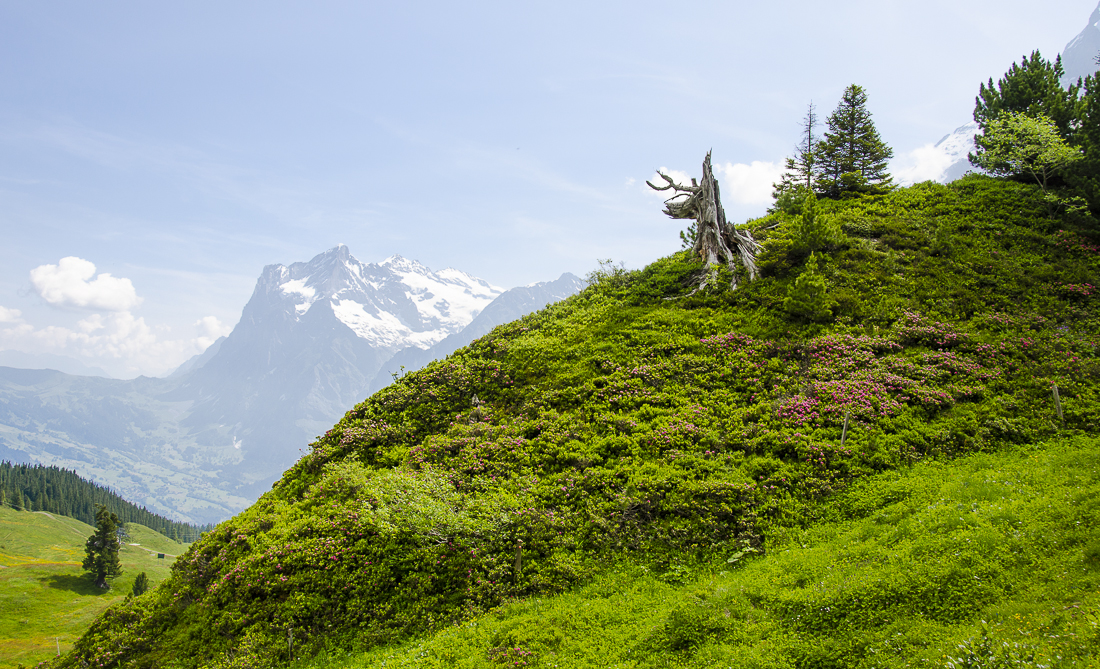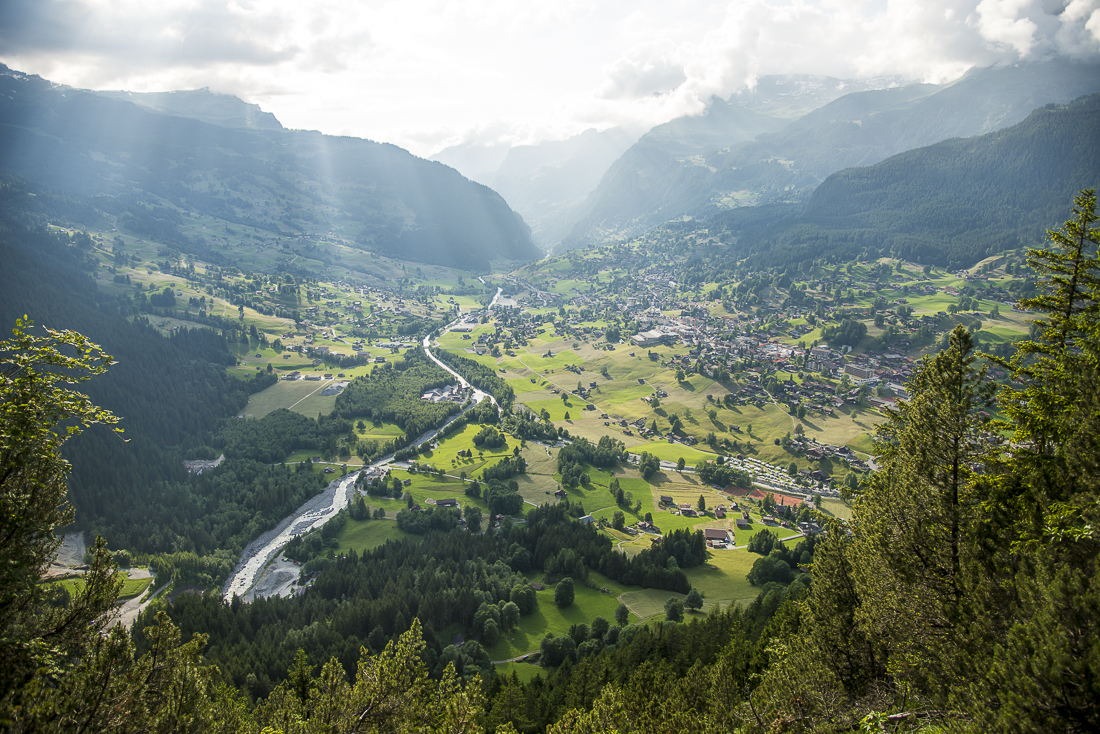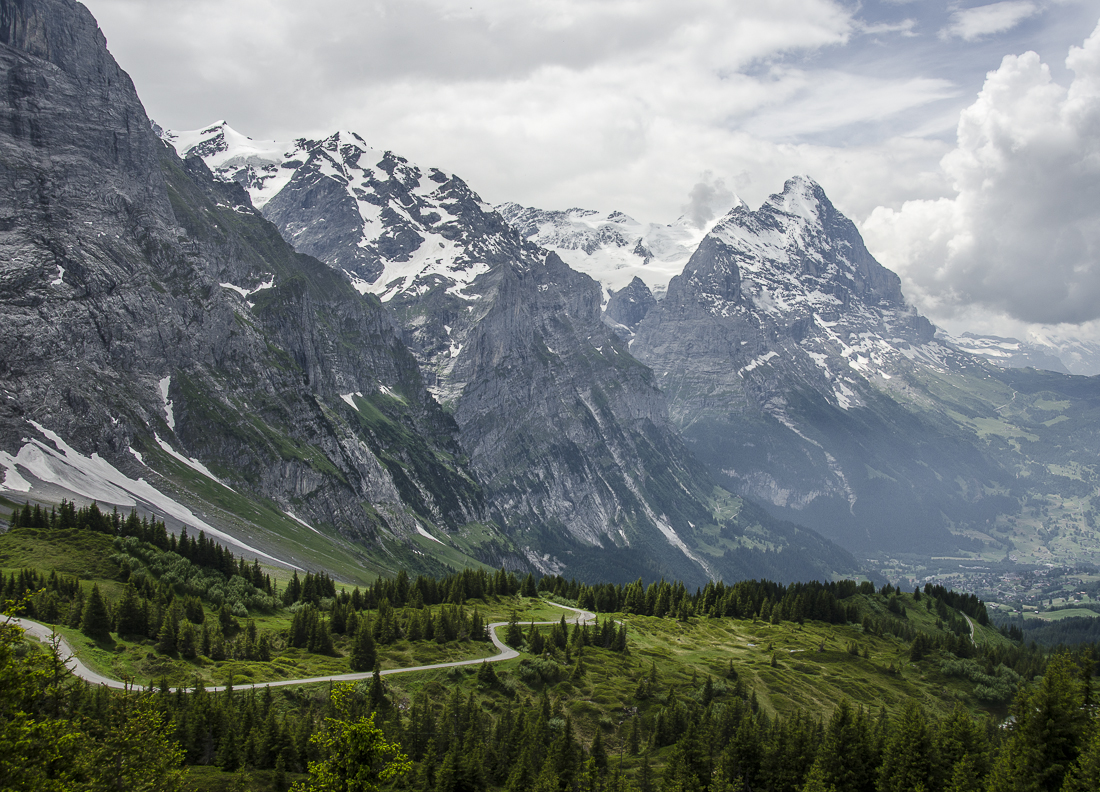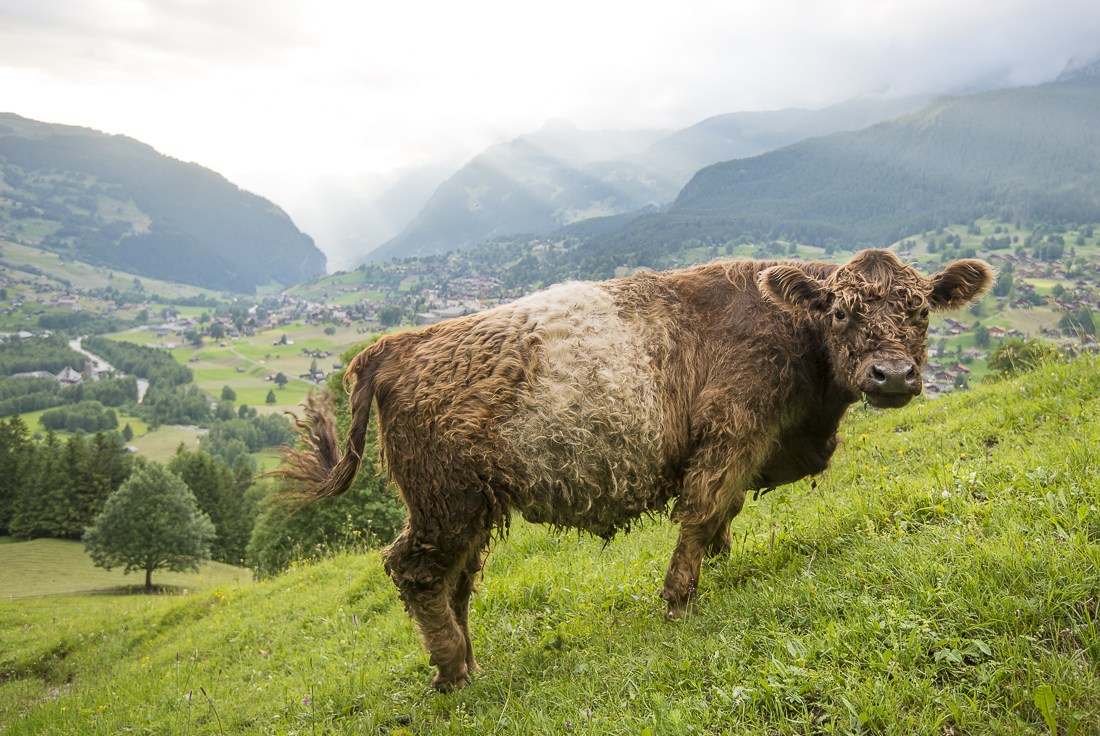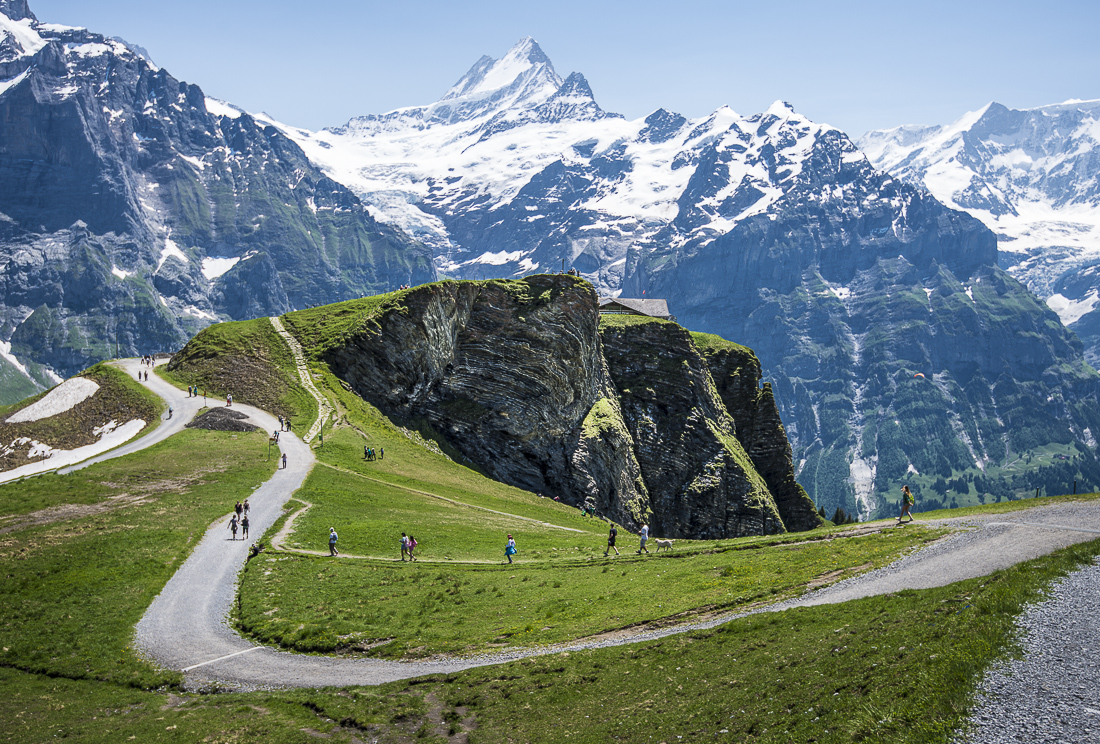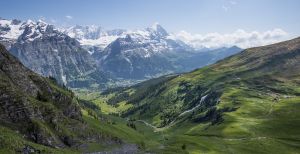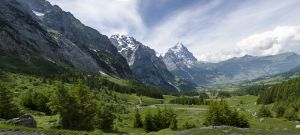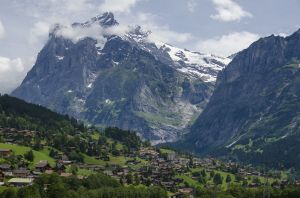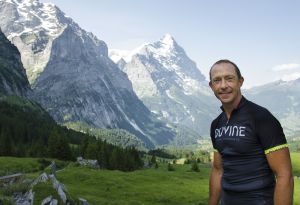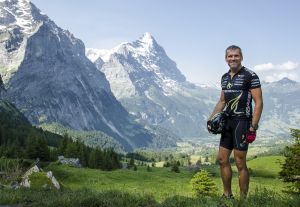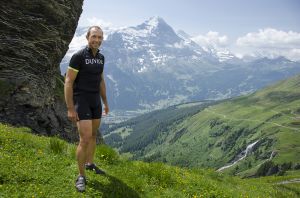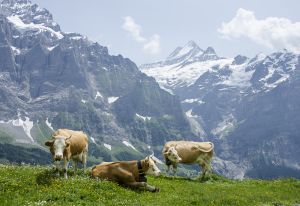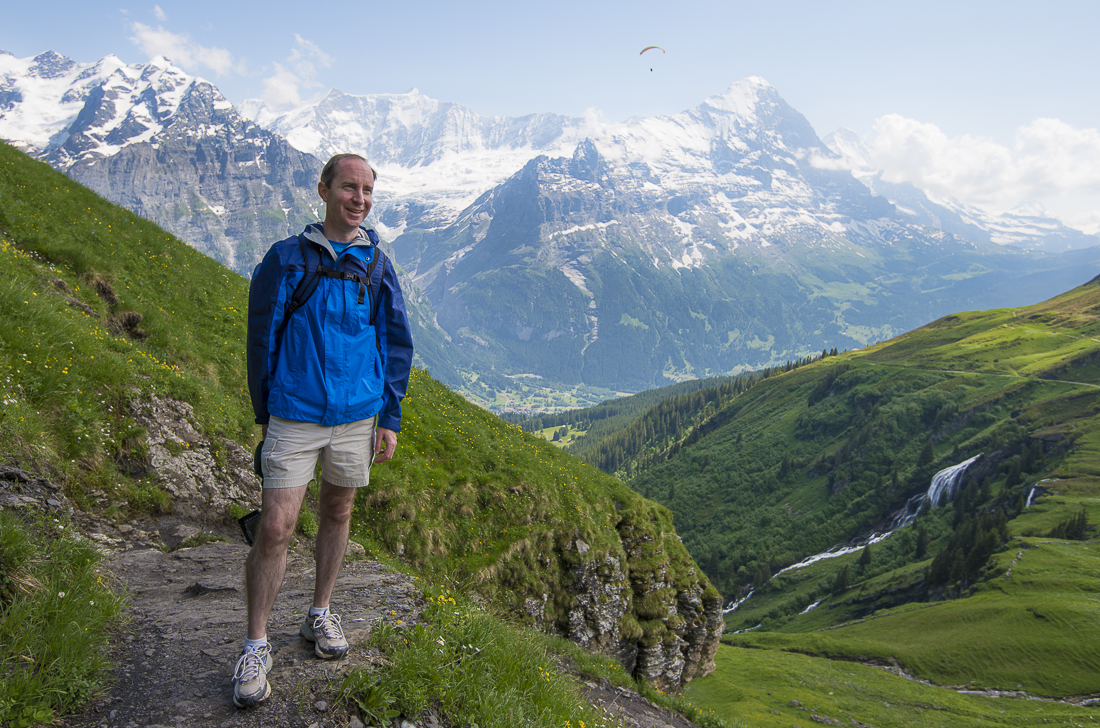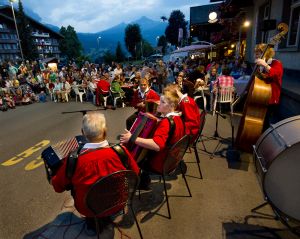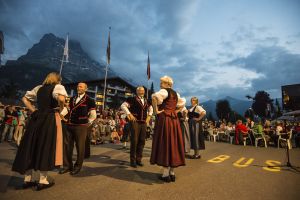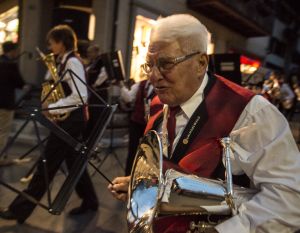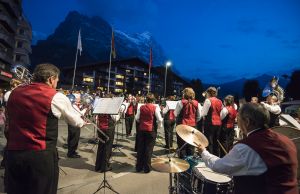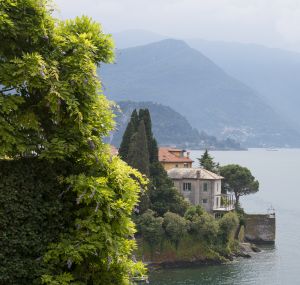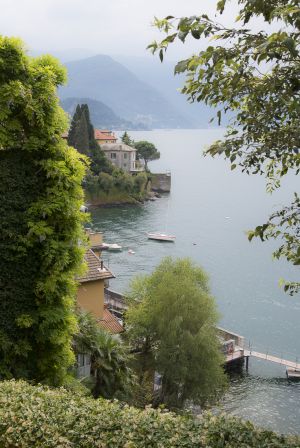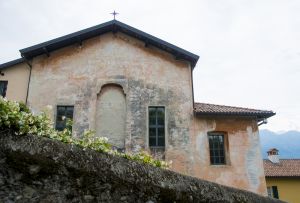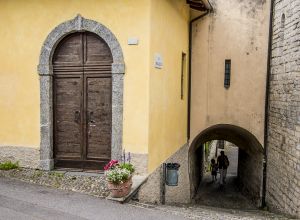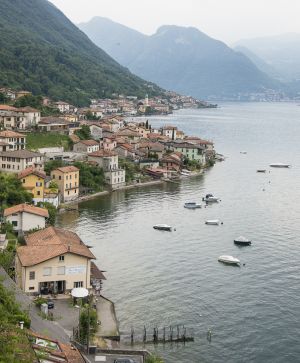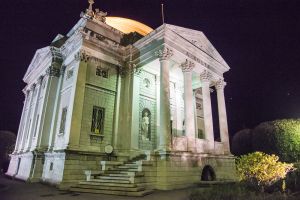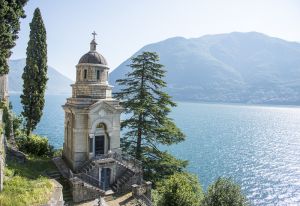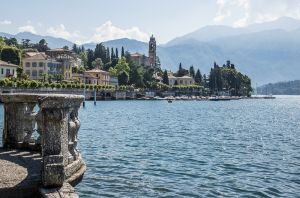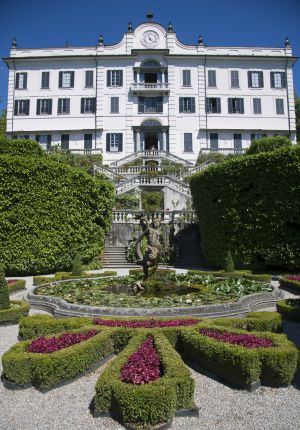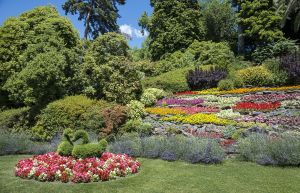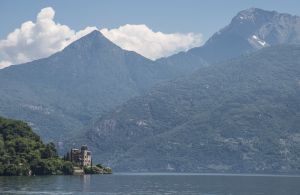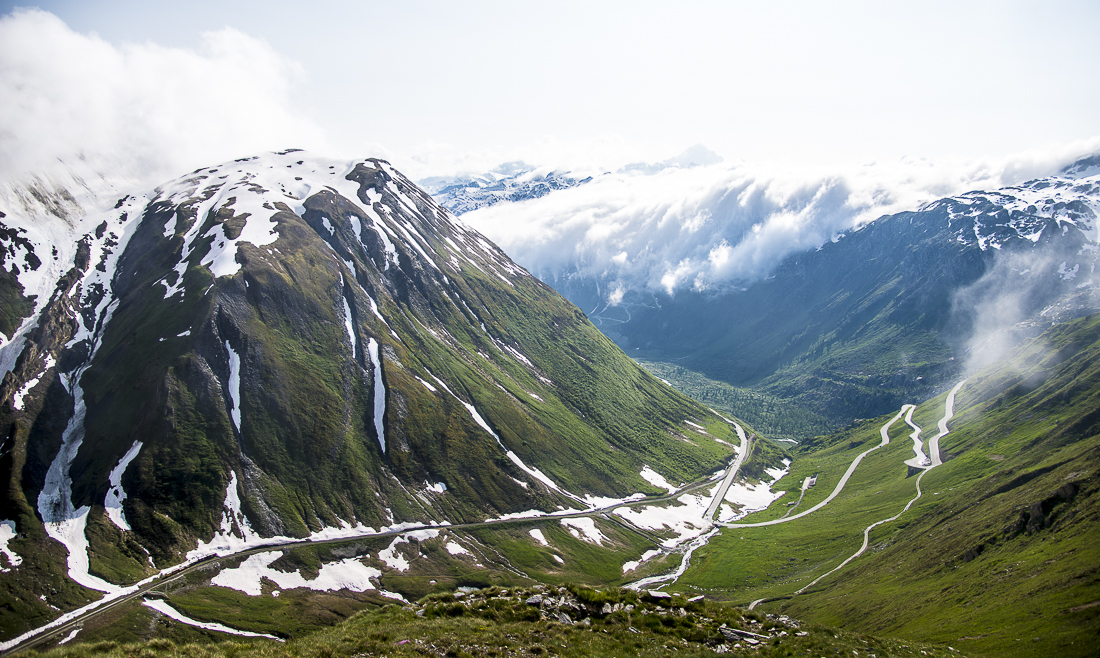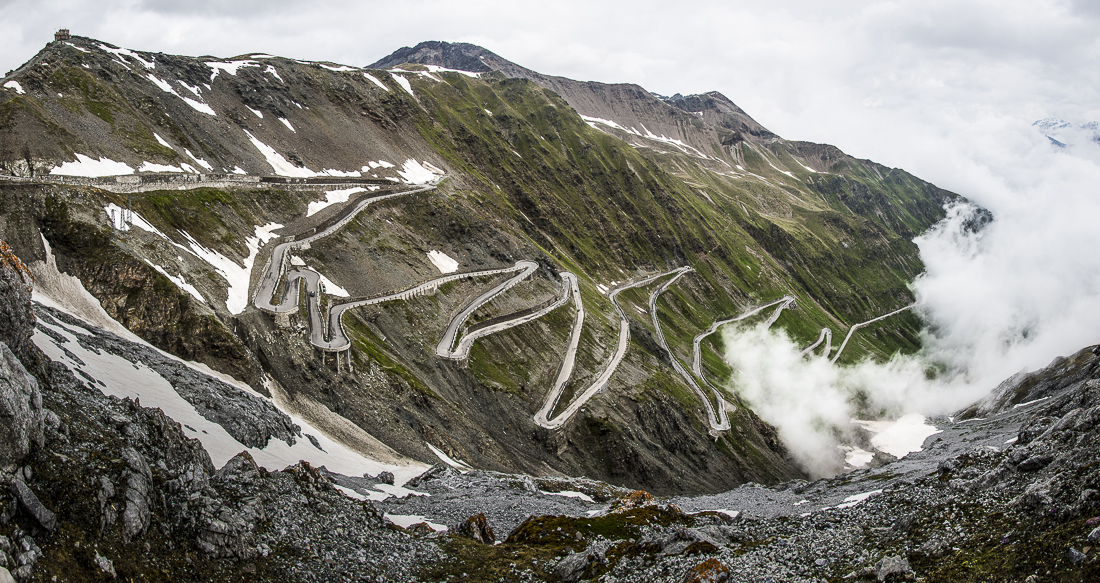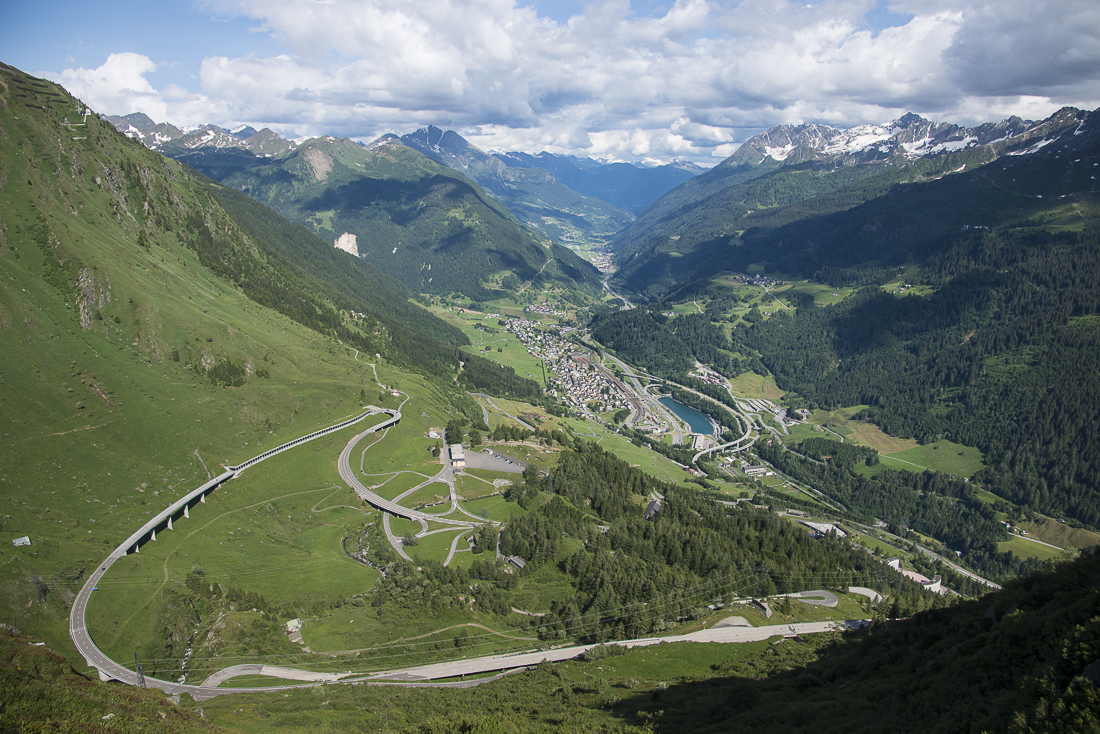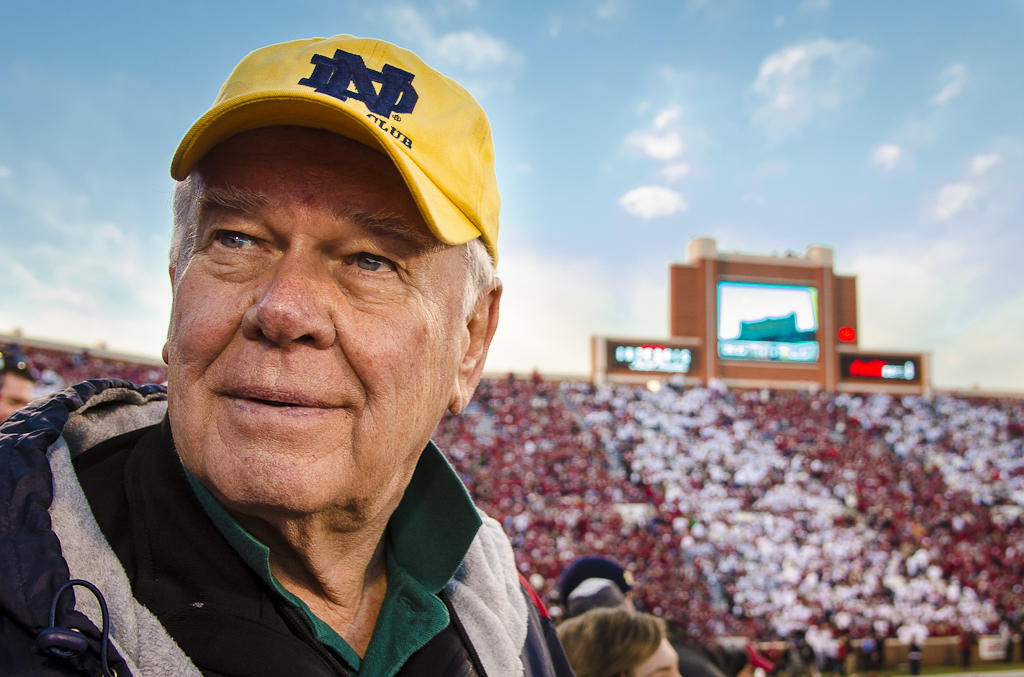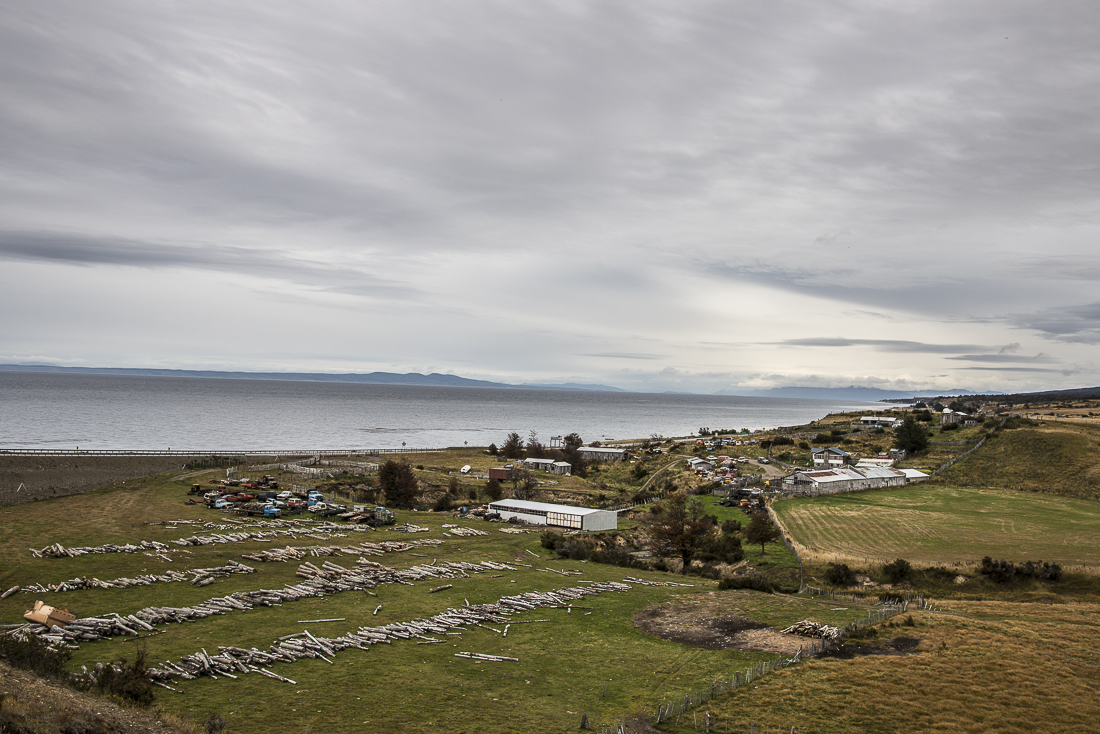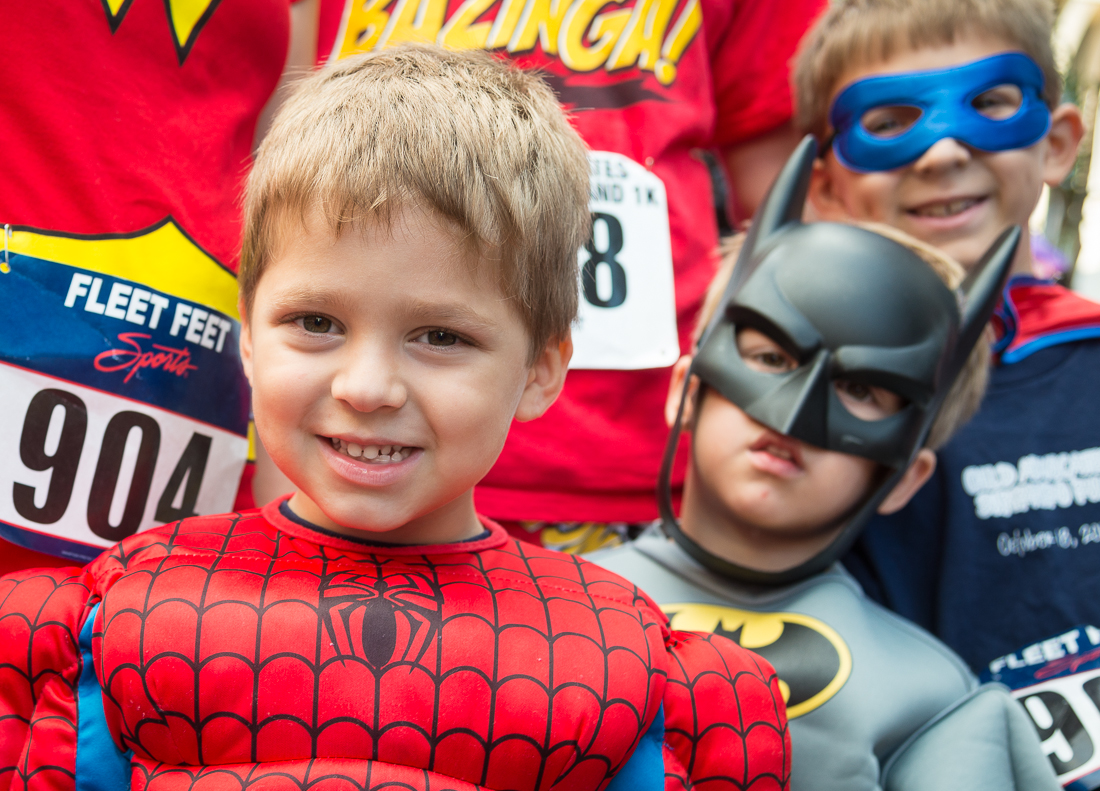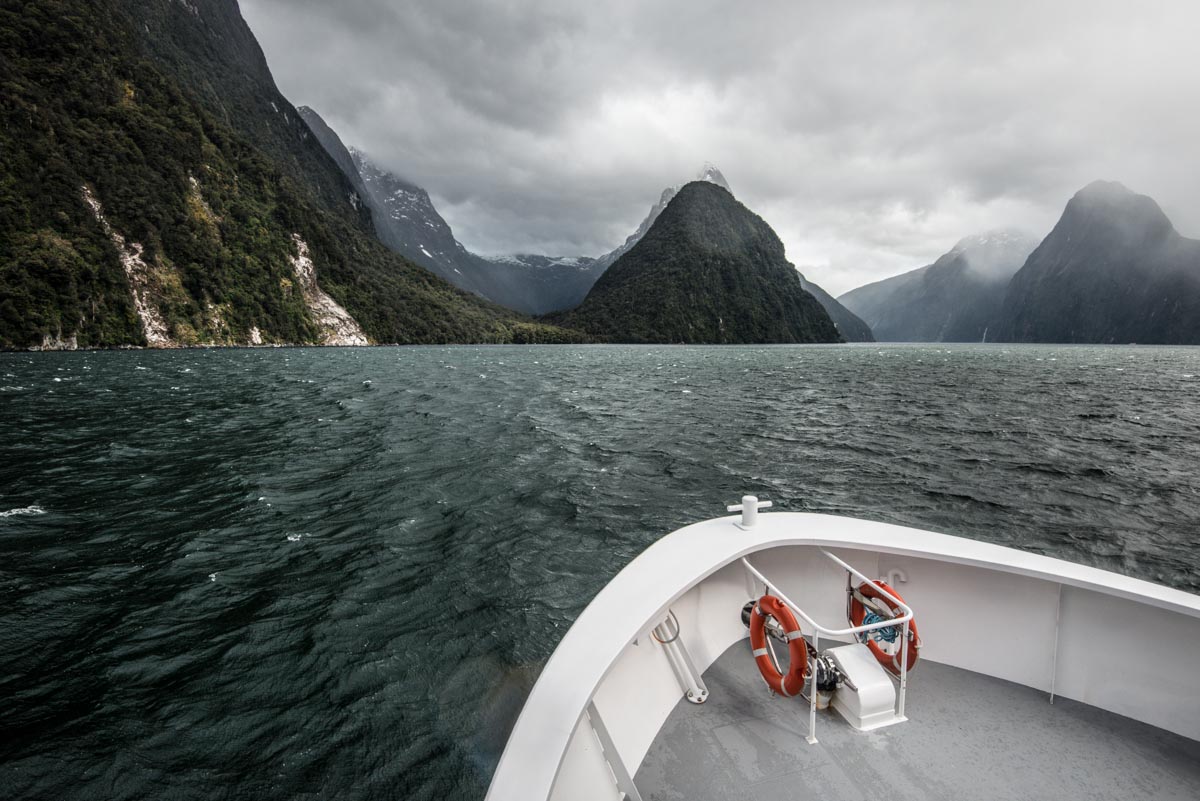How big a nerd do you have to be to spend your birthday poking around a couple of obscure museums and an archaeological site in rural New Mexico?
Apparently, finding the bones or fossils of a (“wooly”) Mammoth in North America is a pretty ho-hum affair for archaeologists – even back in the 1930s. But finding such a beast with a spear-point stuck in its gut changed American archaeology forever. Only humans could make the precise, elaborate spear points like those unearthed at Blackwater Draw near Clovis, New Mexico. So finding those spears alongside (or inside) 13,000-year-old mammoth bones and fossils showed for the first time that humans were roaming the American Southwest 130 centuries ago.
Near the end of Ice Age, Blackwater Draw was a genuine oasis – a natural spring had formed a freshwater lake that attracted the very-large mammals that roamed what is now eastern New Mexico. The small lake apparently attracted big game (and early big game hunters) for thousands of years, so amazingly there are 8,000 –year old fossils and artifacts of prehistoric bison hunters practically right on top (in a higher soil layer) of the 13,000 year old Clovis-era bones and spear points.
Since the 1930s, several other, similar sites have been discovered with Clovis-era (about 13,000 years ago) artifacts. For most of the 20th Century, it was generally believed that these “Clovis” people were the first human inhabitants of the New World. Very recently, however, that theory has been challenged by new discoveries, including a 15,000 year old site in central Texas.
It’s not clear what happened to the Clovis people – whether they somehow just died off, or whether they’re the direct ancestors of modern Native Americans. There are no human skulls or skeletons from the era, so it’s also unclear exactly what they looked like. But we humans have looked pretty much like humans for at least 100,000 years, so Clovis men probably looked just about like “us.”
The picture on the left is an active excavation at the Blackwater Draw site. They’ve built a shelter above it, and they’ve left semi-excavated bones in place — in stairstep fashion — to show the extent to which 4,000 year old artifacts are practically right on top of 8,000 year old artifacts, which in turn are right above the 13,000 year old Clovis-era bones. Each rock sediment layer is another chapter of pre-history history. The Draw was apparently a happening place for thousands of years. The picture on the right — from the museum a few miles away — shows some of the actual Clovis-man-made spearpoints removed from the site.
